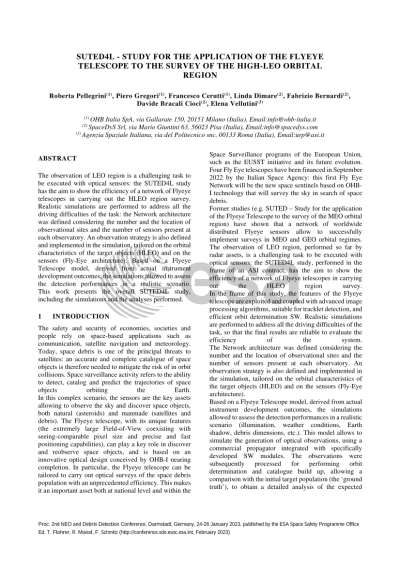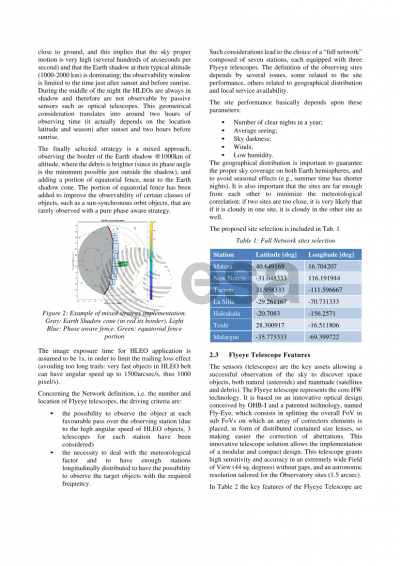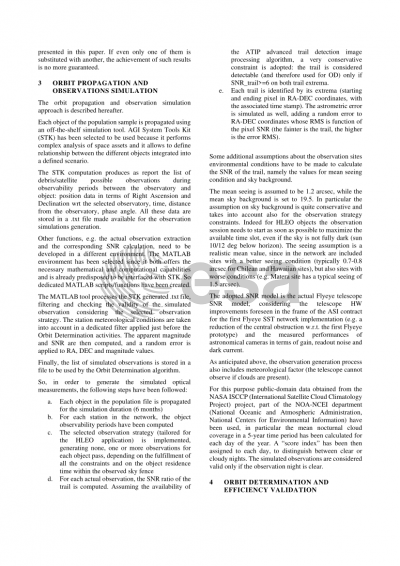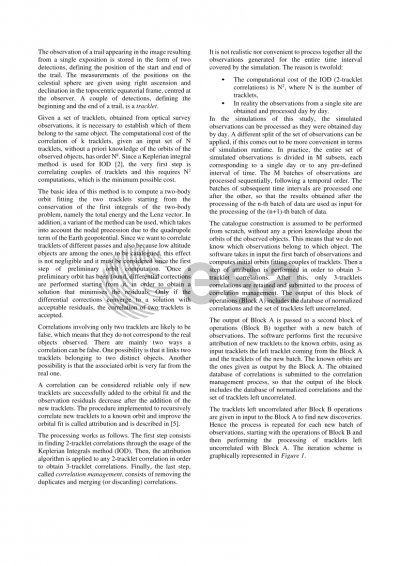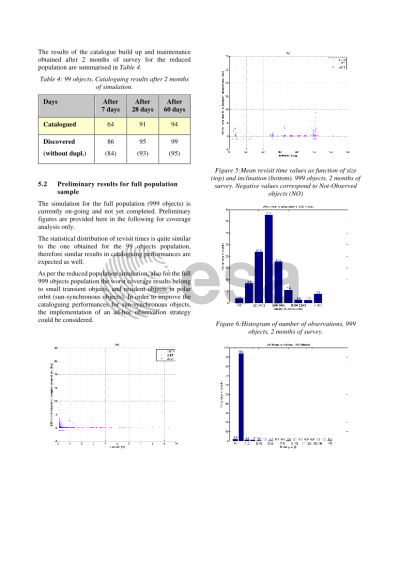Document details
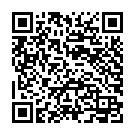
Abstract
The safety and security of economies, societies and people rely on space-based applications such as communication, satellite navigation and meteorology. Today, space debris is one of the principal threats to satellites: an accurate and complete catalogue of space objects is therefore needed to mitigate the risk of in orbit collisions. Space surveillance activity refers to the ability to detect, catalog and predict the trajectories of space objects orbiting the Earth.
In this complex scenario, the sensors are the key assets allowing to observe the sky and discover space objects, both natural (asteroids) and manmade (satellites and debris). The Flyeye telescope, with its unique features (the extremely large Field-of-View coexisting with seeing-comparable pixel size and precise and fast positioning capabilities), can play a key role in discover and reobserve space objects, and is based on an innovative optical design conceived by OHB-I nearing completion. In particular, the Flyeye telescope can be tailored to carry out optical surveys of the space debris population with an unprecedented efficiency. This makes it an important asset both at national level and within the Space Surveillance programs of the European Union, such as the EUSST initiative and its future evolution.
Four Fly Eye telescopes have been financed in September 2022 by the Italian Space Agency: this first Fly Eye Network will be the new space sentinels based on OHB-I technology that will survey the sky in search of space debris.
Former studies (e.g. SUTED) have shown that a network of worldwide distributed Flyeye sensors allow to successfully implement surveys in MEO and GEO orbital regimes. The observation of LEO region, performed so far by radar assets, is a challenging task to be executed with optical sensors: the SUTED4L study, performed in the frame of an ASI contract, has the aim to show the efficiency of a network of Flyeye telescopes in carrying out the HLEO region survey.
In the frame of this study, the features of the Flyeye telescope are exploited and coupled with advanced image processing algorithms, suitable for tracklet detection, and efficient orbit determination SW. Realistic simulations are performed to address all the driving difficulties of the task, so that the final results are reliable to evaluate the efficiency of the system.
The Network architecture was defined considering the number and the location of observational sites and the number of sensors present at each observatory. An observation strategy is also defined and implemented in the simulation, tailored on the orbital characteristics of the target objects (HLEO) and on the sensors (Fly-Eye architecture).
Based on a Flyeye Telescope model, derived from actual instrument development outcomes, the simulations allowed to assess the detection performances in a realistic scenario (illumination, weather conditions, Earth shadow, debris dimensions, etc.). This model allows to simulate the generation of optical observations, using a commercial propagator integrated with specifically developed SW modules. The observations were subsequently processed for performing orbit determination and catalogue build up, allowing a comparison with the initial target population (the ‘ground truth’), to obtain a detailed analysis of the expected optical network performances.
This work presents the overall study, the simulations and the analyses performed during SUTED4L study.
Preview
